Mangalore, Oct 6: The second of two hovercrafts sanctioned Indian Coast Guard along Karnataka coast arrived in Mangalore on Monday, exactly a fortnight after the induction of the State's first hovercraft.
Hovercraft H-198 the third series of Air Cushion vehicle, built in the United Kingdom, arrived on Monday at Panambur Beach, near the ICG, Karnataka Headquarters where it will be permanently based.
The 21-metre long vehicle will float over the seas on a cushion of air created by two propellers, reaching a maximum speed of 45 knots. The hovercraft is commanded by Commandant Amitabh Banerjee and is armed with heavy machine guns and state-of-the-art communication and navigation equipment including radar and worldwide satellite communication.
The H-198 joined the Hovercraft H-196 which arrived on September 22, and the two became the Coast Guard's fastest vehicles, allowing them to effectively keep an eye on the 320-km Karnataka coastline.
The hovercrafts are equipped to undertake multifarious tasks such as surveillance, interdiction, search and rescue and rendering assistance to small boats at sea. The amphibious craft can operate on land as well as over sea, and will be especially useful in shallow seas, marshy land and isolated islands which cannot be accessed by conventional boats.
Each craft will have a 12-member crew who have obtained specialised training in London.




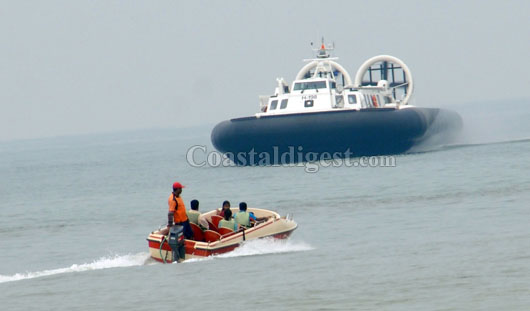
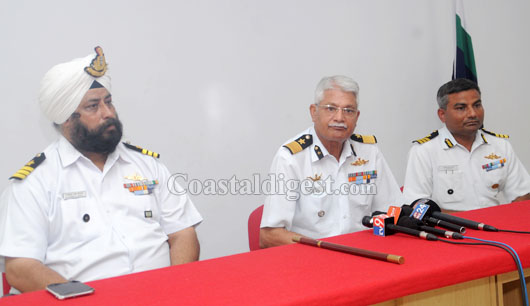
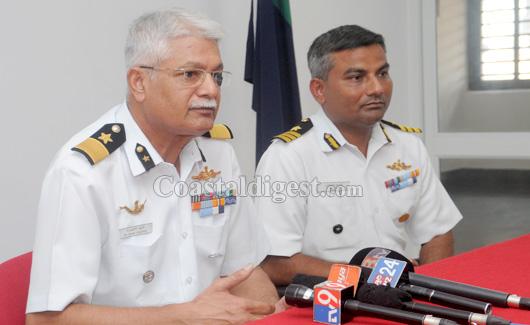
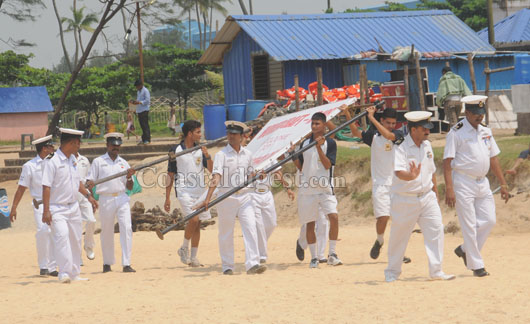
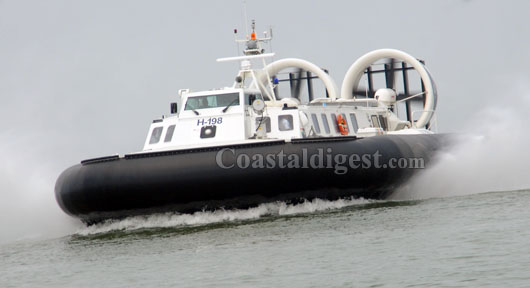
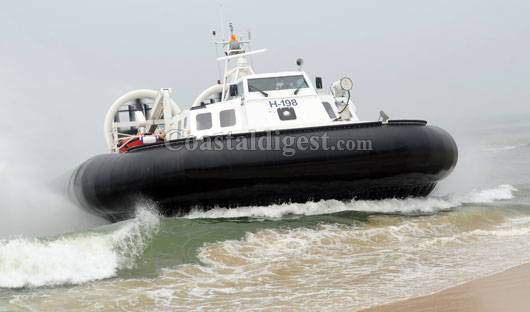
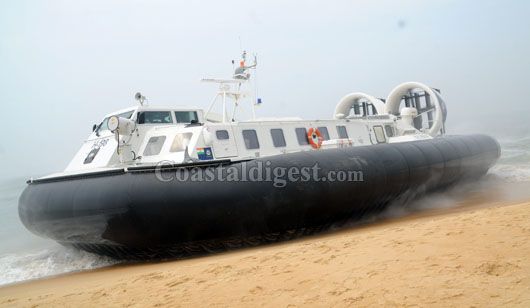
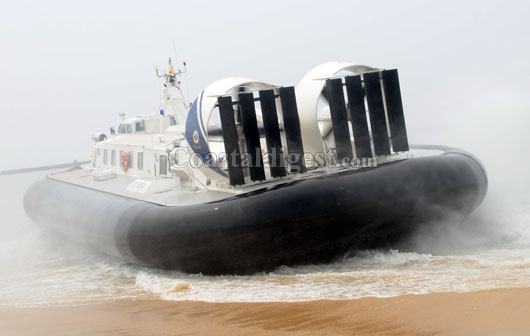

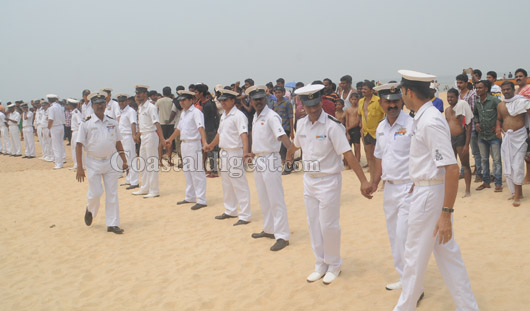

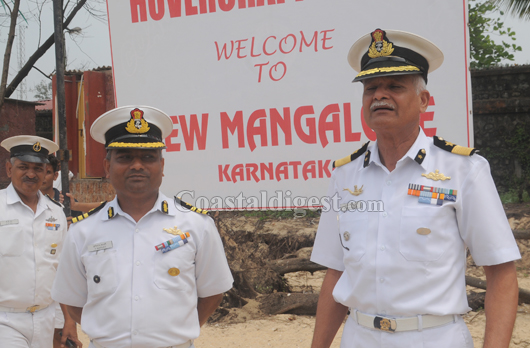
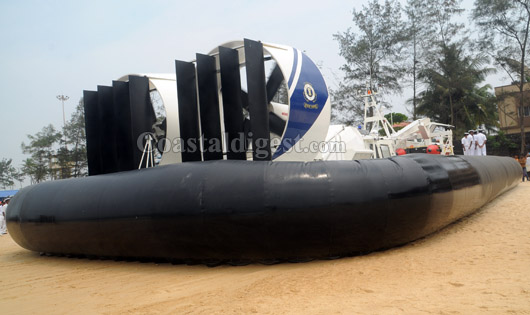
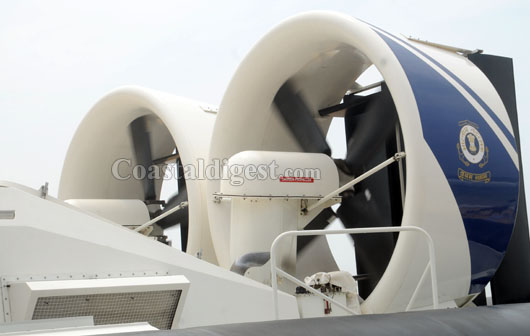
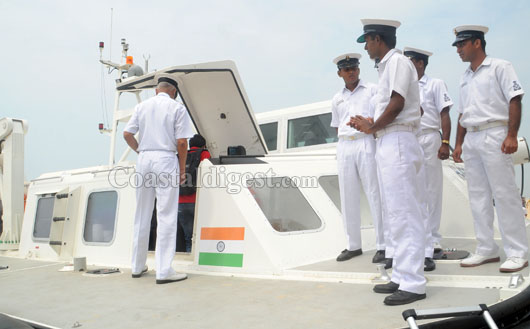
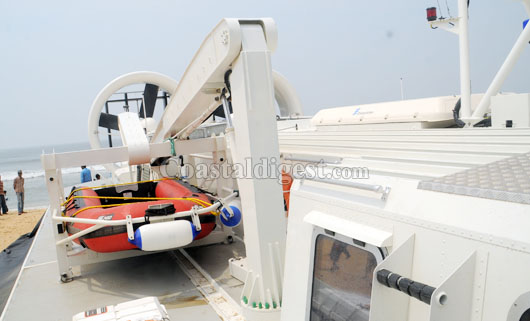
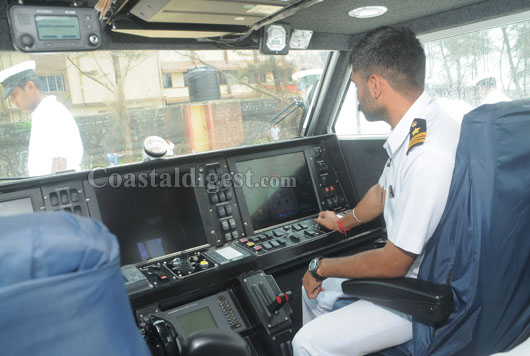

Comments
Before you start to build your loft bed, there are somee basic things you should
know and understand about woodworking: What the craft
is about - is it a hobby or a trade. They also have a special cabinet
for effective dust collection. Don't worry about the qualiity whe
just starting out. In fact, many oof my frustrations in finding my woodworking projects come from there bbeing
too many resources, rather than not enough.
Feel free to surf to my site: woodworking tips (Erwin: http://groovegames.net/profile/imthorp)
Add new comment